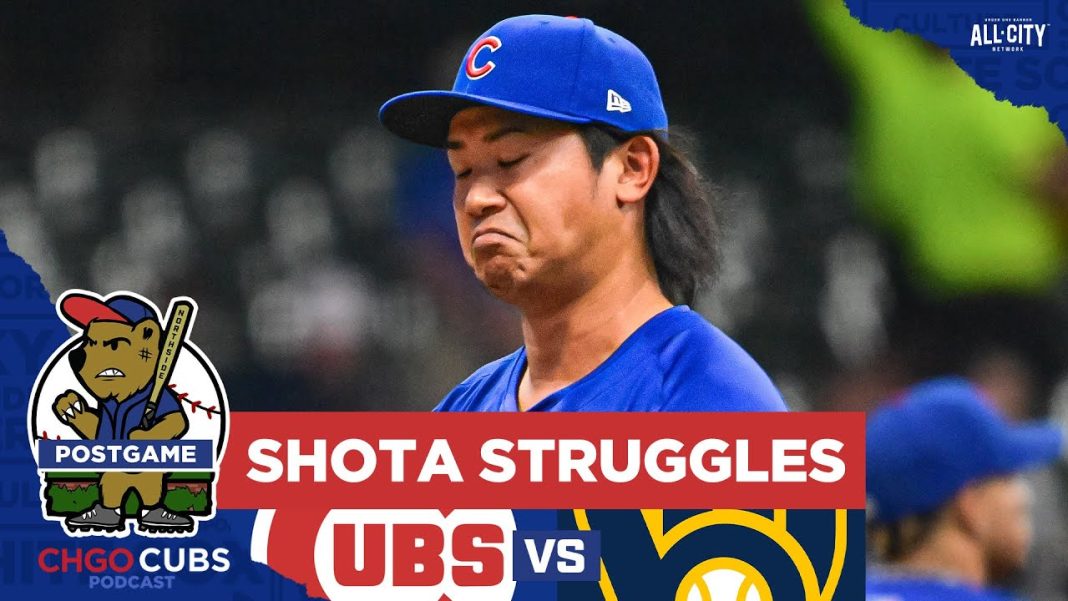 Costco’s decision to maintain the price of their iconic $1.50 hot dog and soda combo, despite rising inflation, is a prime example of an effective use of a loss leader strategy. This pricing tactic involves selling a product at a loss to attract customers and generate sales for other profitable items. Costco’s commitment to keeping the hot dog price unchanged for over four decades showcases their dedication to customer loyalty and satisfaction.
Costco’s decision to maintain the price of their iconic $1.50 hot dog and soda combo, despite rising inflation, is a prime example of an effective use of a loss leader strategy. This pricing tactic involves selling a product at a loss to attract customers and generate sales for other profitable items. Costco’s commitment to keeping the hot dog price unchanged for over four decades showcases their dedication to customer loyalty and satisfaction.
Loss leader strategies have been employed by various companies throughout history to achieve different objectives. One notable example is the federally subsidized Chevrolet Volt plug-in hybrid car from the last decade. Although the Volt initially had disappointing sales, General Motors insisted that it was not designed to make money but rather to exhibit “vision and leadership.” Loss leader pricing can also be seen in supermarkets that sell items like half-gallons of milk at a loss in the hopes that customers will make additional purchases while browsing the store.
Gillette is another company known for its successful use of loss leader pricing. By selling razors at a price below cost and making revenue from the sales of replacement blades and other products, Gillette built a large customer base and boosted sales of high-profit margin items like aftershave and deodorant. While some may view these practices as cynical ploys, they are legitimate strategies within a free market system.
Loss leader pricing is closely tied to the concept of “creative destruction.” This term, coined by economists Joseph Schumpeter and Werner Sombart, refers to the continuous revolutionizing of production and the disruption it causes to existing social conditions. Examples include the closure of neighborhood delis due to the competitive prices offered by supermarket chains or the demise of brick-and-mortar businesses in the face of online marketplaces. The evolution of industries and consumer behavior is inevitable, and attempts to impede this process hinder economic growth.
Critics may argue that loss leader pricing could lead to unfair competition or the elimination of small businesses. However, allowing the government to regulate what constitutes predatory pricing would stifle healthy competition and economic freedom. Instead, companies should have the liberty to set their prices and compete based on market forces.
In the case of Costco, their approach to loss leader pricing differs slightly. Customers pay a membership fee upfront, which provides the company with profits even before they access the $1.50 hot dog deal. Costco has become one of the world’s largest retailers, with a thin profit margin of only 2%. The $60 annual membership fee, along with additional perks for executive members, accounts for a significant portion of Costco’s revenue.
Although the $1.50 hot dog deal has remained unchanged since 1983, adjusting for inflation would place the original price around $4.60 today. Despite efforts to maintain this price point, inflation is evident in other areas of consumer spending. Dollar Tree, for example, recently announced that they would be raising their prices to $1.25 on average, with some items selling for $7. This contrast highlights the rarity and value of Costco’s commitment to affordability.
Ultimately, Costco’s dedication to providing the $1.50 hot dog and soda combo demonstrates their commitment to customer satisfaction and loyalty. It is a prime example of an effective use of a loss leader strategy and has undoubtedly contributed to the company’s success. However, consumers should be aware that this exceptional deal does not reflect the reality of inflation in other areas of the economy.

